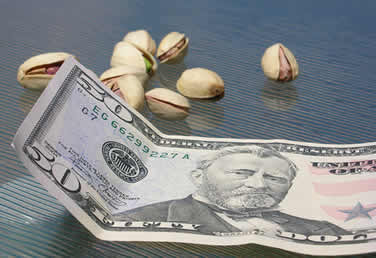Is greed biological?
 Subscribe to Decision Science News by Email (one email per week, easy unsubscribe)
Subscribe to Decision Science News by Email (one email per week, easy unsubscribe)
NEURAL REPRESENTATIONS OF EXPECTED UTILITY

Those in the NY metro area may wish to catch a Center for the Decision Sciences talk Thursday, November 9th, 2006 from 5:15pm-6:45pm, at Columbia University’s Warren Hall Room 311 at 115th & Amsterdam in New York City. The speaker is friend of DSN and CDS Jason Zweig and he’ll be discussing insights from his book “Your Money and Your Brain” to be released by Simon & Schuster in April, 2007.
Those who may be interested in Zweig’s book or neuroeconomics generally will find this paper by Brian Knutson and Richard Peterson of the Stanford Psychology Department of interest.
Abstract:
“While the concept of “expected utility” informs many theories of decision making, little is known about whether and how the human brain might compute this quantity. This article reviews a series of functional magnetic resonance imaging (FMRI) experiments designed to localize brain regions that respond in anticipation of increasing amounts of monetary incentives. These studies collectively suggest that anticipation of increasing monetary gains activates a subcortical region of the ventral striatum in a magnitude-proportional manner. This ventral striatal activation is not evident during anticipation of losses. Actual gain outcomes instead activate a region of the mesial prefrontal cortex. During anticipation of gain, ventral striatal activation is accompanied by feelings characterized by increasing arousal and positive valence. These findings affirm the role of emotion in the anticipation of incentives, and may provide an initial step towards a neural reconstruction of expected utility.”
Photo credit: http://www.flickr.com/photo_zoom.gne?id=289982577&size=m

